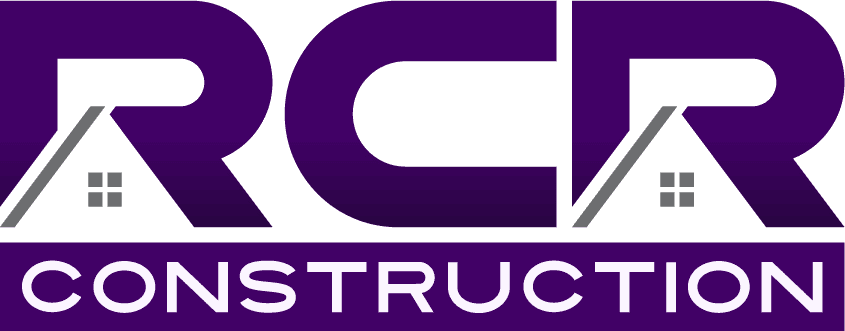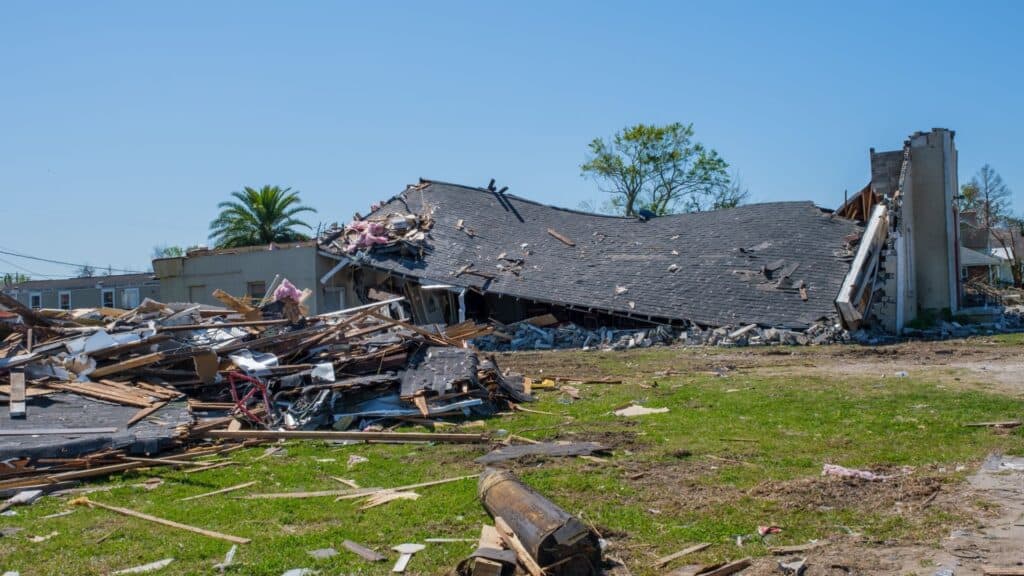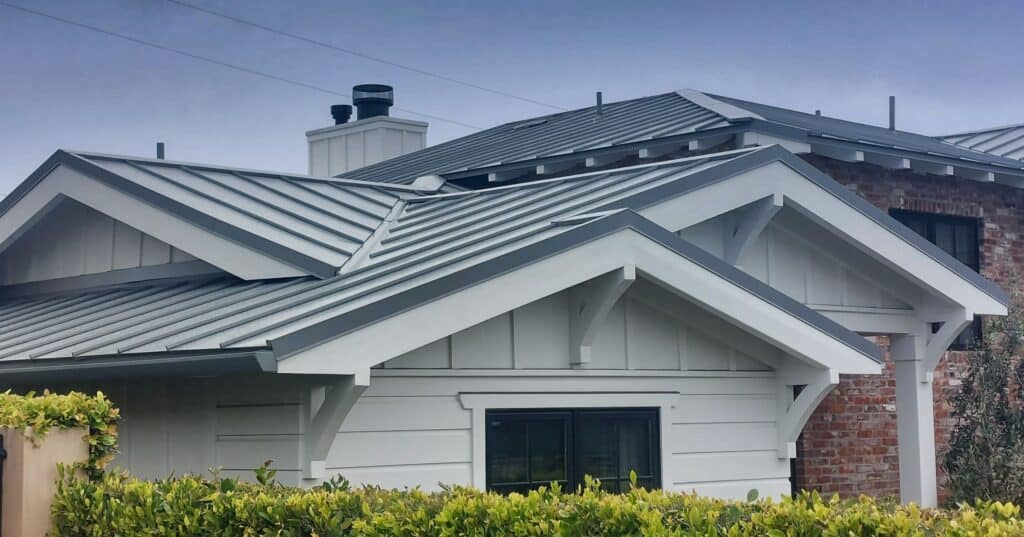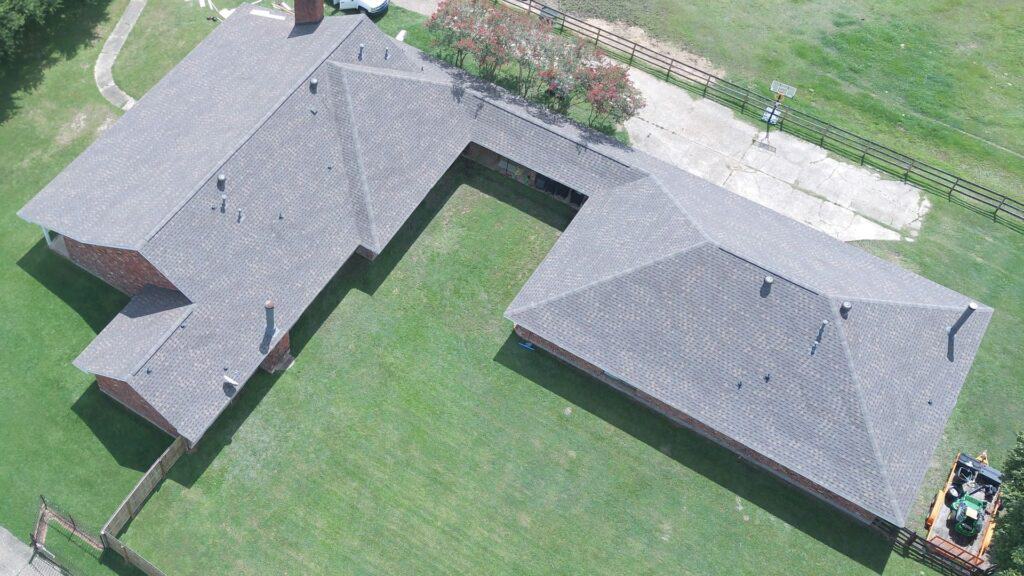When to Consider Roof Replacement?
Roof replacement is a significant investment that homeowners often face at some point. Whether due to age, damage, or simply wanting to enhance the aesthetics and functionality of their homes, the process of roof replacement can seem daunting. From the initial assessment to the final installation, we will guide you through each step, ensuring you have a clear understanding of what it entails. So, if you’re considering a roof replacement or are simply curious about the process, keep reading to gain valuable insights into this essential home improvement project.
Inspection
In the event of roof damage, it is imperative to seek an evaluation by a certified expert. Their assessment will determine if filing an insurance claim is justified due to wind, hail, or storm-related harm. Based on their findings, either a complete roof replacement or repair may be required. It is highly recommended to enlist the services of a qualified roofing contractor, such as RCR Construction, to conduct a comprehensive roof inspection.
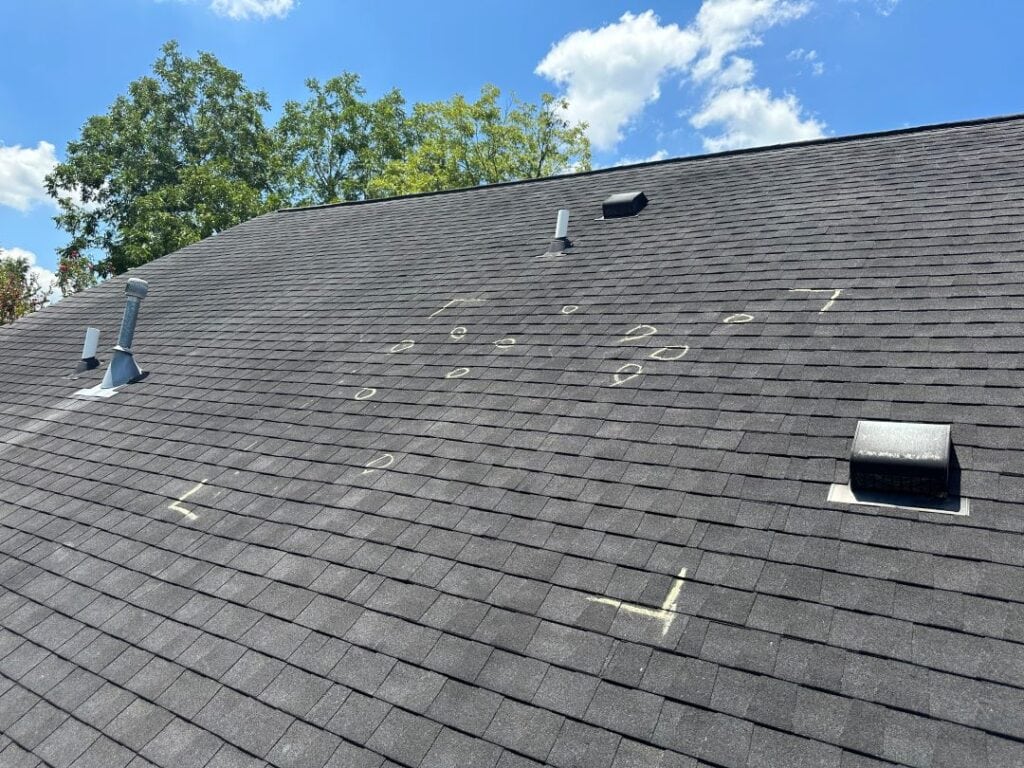
Adjuster Appointment
When meeting with an insurance adjuster for a roof inspection, you can expect a thorough assessment of any damages caused by a storm. It is essential that the person who inspected your roof is at the adjuster appointment to hold them accountable. The adjuster will carefully examine the roof to determine whether a roof replacement is necessary. Their evaluation will play a crucial role in the approval process.
Approval From Insurance
You can expect the initial payment, typically within one to two weeks, serving as an initial installment for the services rendered. Roofing Contractors, like RCR Construction, can guide you through the insurance process and help you meet with the necessary representatives. With their expertise, you can expect a smooth and hassle-free experience.
Shingle Color Selection
Samples of roof color will be presented to the homeowner for selection. There are many different shingle types available, ranging in a variety of base colors and brands. Once the desired color is chosen, installation of the new roof can begin.

Roof Installation Process
Once the quote has received your approval the contractor will initiate the planning stage of the roof replacement process. This involves the delivery and placement of roofing materials such as shingles, underlayment, and venting.

Removing the Old Roof
The initial step of the roofing installation process involves the removal of your existing roofing materials, which can be quite messy. Following the removal, the roofing experts will conduct a thorough examination of the current state of the roof deck and flashing. It is crucial to ensure that the roof deck is undamaged before proceeding with the installation of new materials, replacement of decking may be needed, as it serves as the foundation for the roof. The flashing around vents, chimneys, and valleys in the roof might require replacement to prevent any water leakage issues.
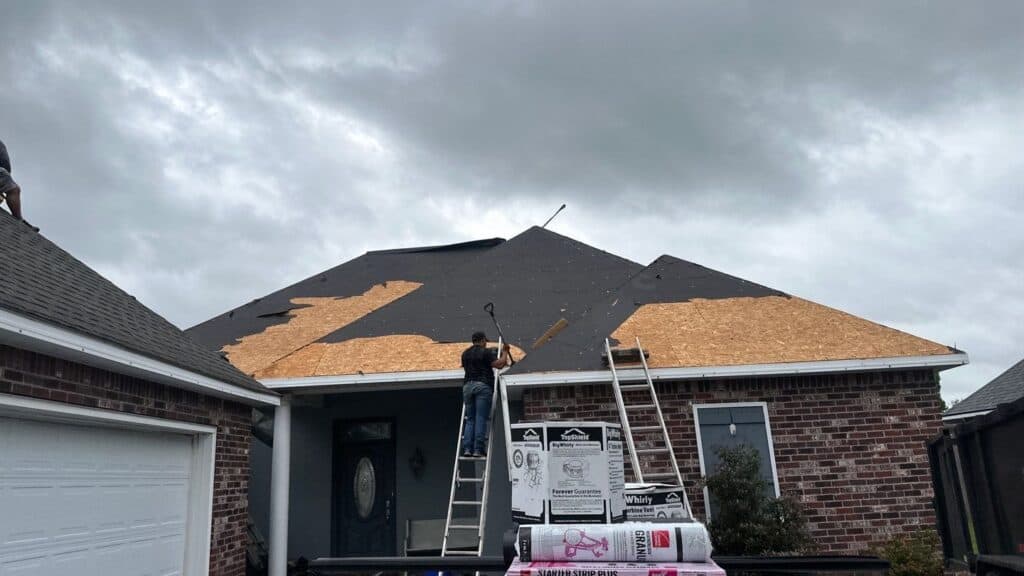
Underlayment
After replacing the metal drip edge on the deck, the roofers will proceed to lay out the underlayment on the entire roof deck. Next the ice and water shield is applied to vulnerable areas, such as valleys and roof edges, to prevent water penetration. The remaining sections of the deck will be covered with synthetic underlayment (felt).
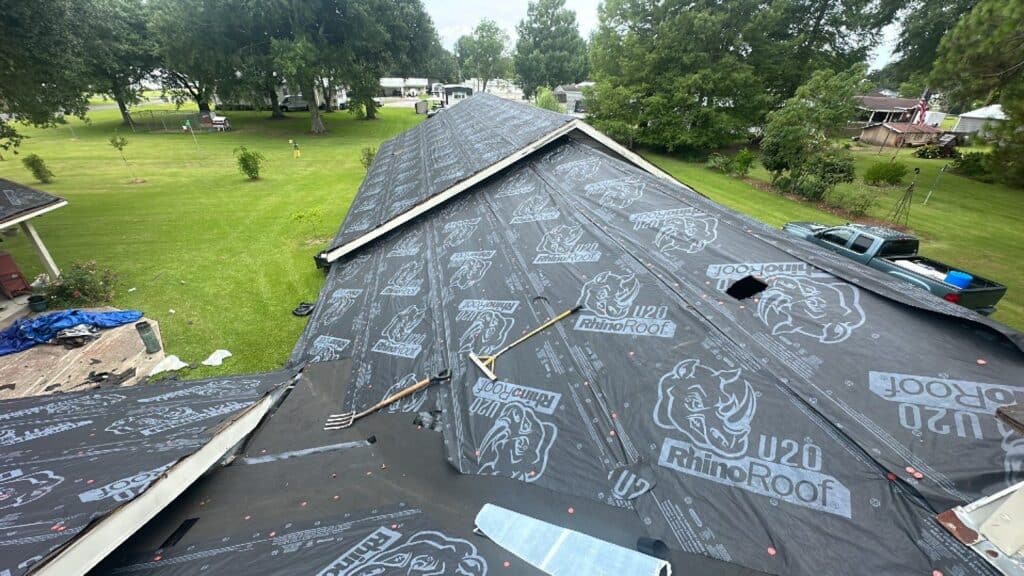
Shingle Installation & Roof Replacement
The shingle installation process begins by placing starter shingles along the bottom and side edges of the roof deck. Following that, asphalt shingles are applied in rows that are staggered, with roofing nails ensuring their secure attachment. Finally, hip and ridge shingles are utilized along the roof ridge and hips to complete the installation.
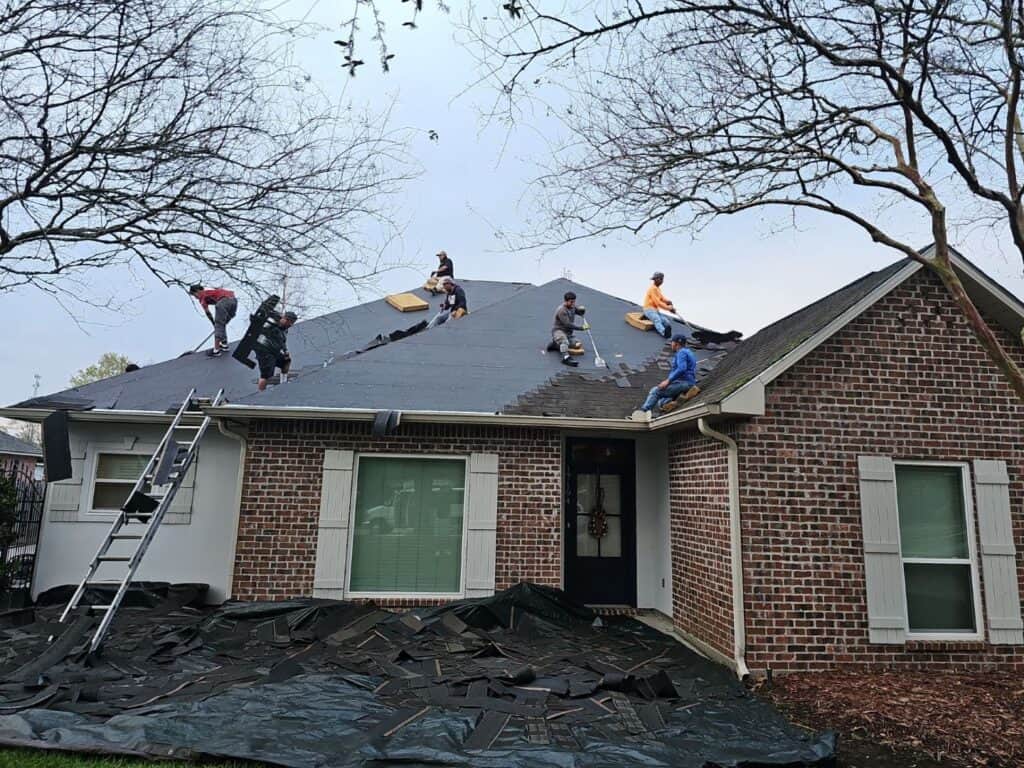
Replacing Vents
It is essential to replace the old roofing vents to ensure their efficiency and overall lifespan. New roof vents will enhance the visual appeal of your roof while providing added functionality.
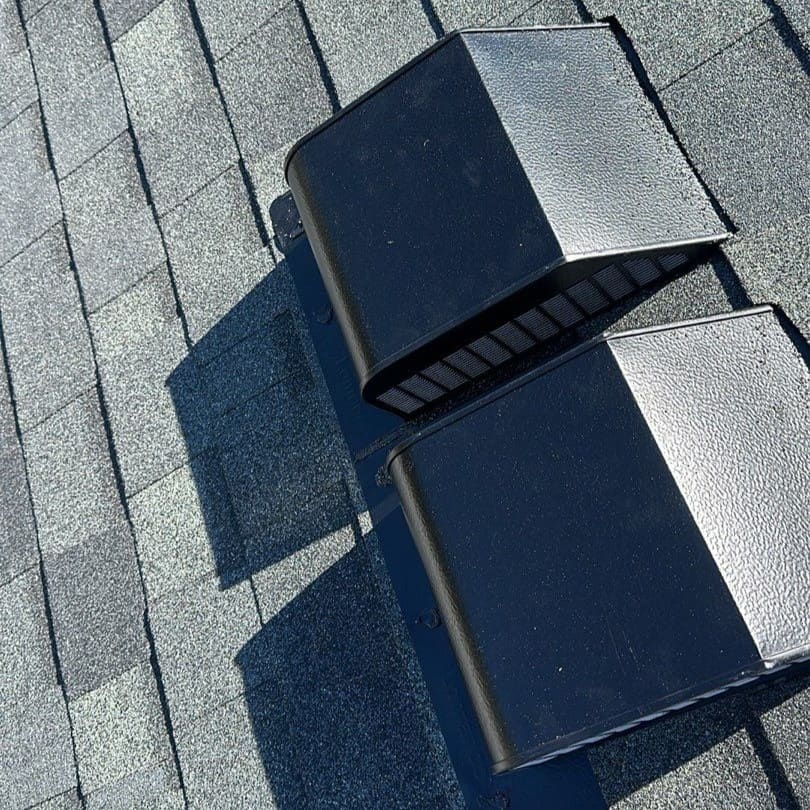
Final Inspection & Clean Up
Removal of all roofing waste by employing powerful magnets to meticulously search your yard, to guarantee no nails are left behind. Following the completion of each roof installation, a inspector conducts a final inspection to ensure proper installation and to leave your property in an improved condition compared to its initial state. Your new roof will now last for many years to come.
